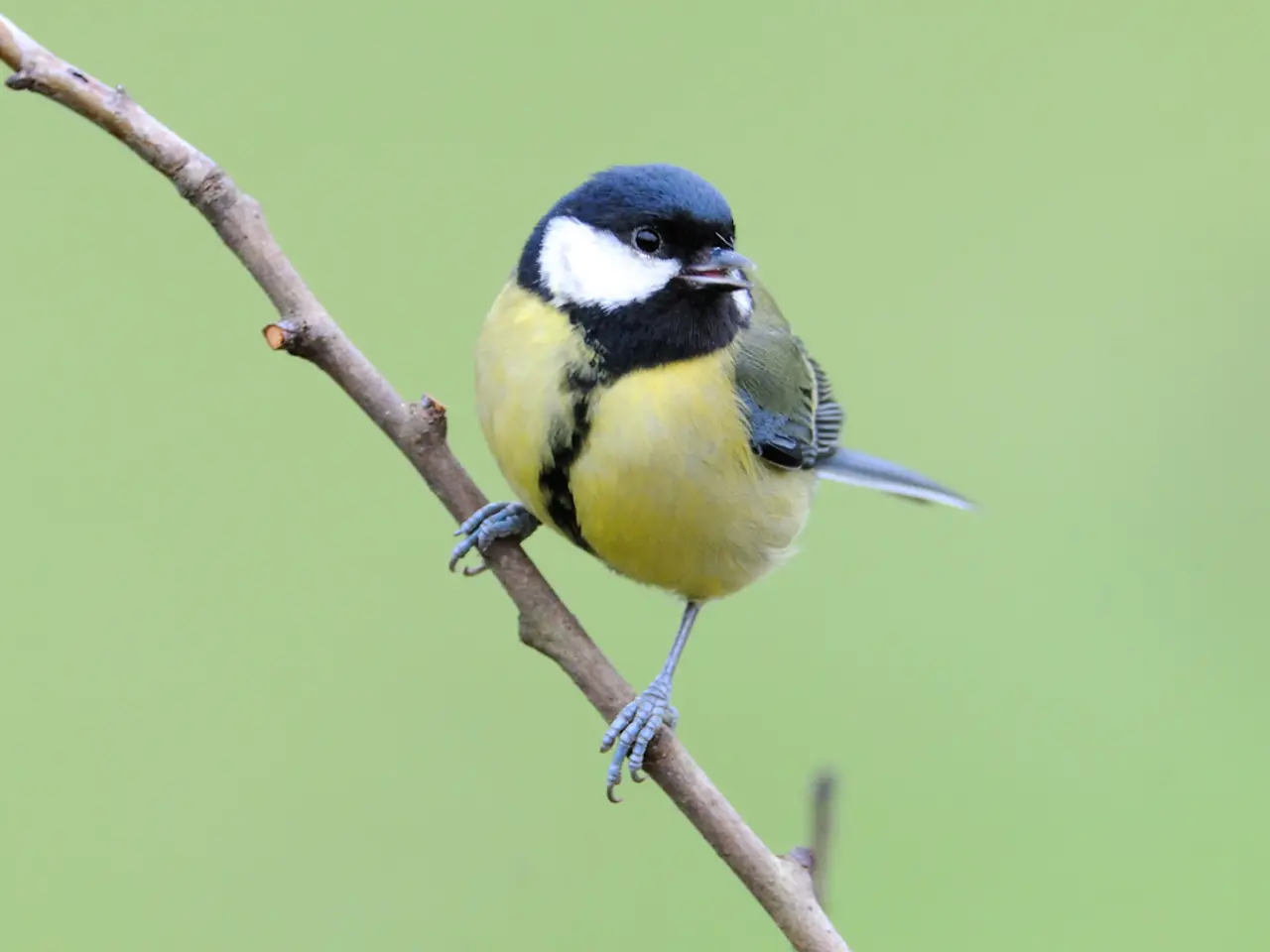Scientists Derive Avian Embryonic Stem Cells for First Time
Scientists have achieved a significant breakthrough in avian research. For the first time, they have successfully derived and maintained authentic embryonic stem cells (ESCs) from chickens and seven other bird species. The study, published in Nature Biotechnology, marks a major step forward in understanding and working with avian ESCs.
The research team began by isolating blastodermal cells from freshly laid Rhode Island Red (RIR) chicken eggs at the EGK.X stage. Remarkably, these cells retained their undifferentiated state for up to two weeks when the culture medium contained residual yolk. An analysis of the yolk revealed the presence of ovotransferrin, a protein that facilitated the derivation and maintenance of ESCs from several chicken breeds.
The team also found that ESCs from other avian species, including quail, pheasant, turkey, duck, goose, peafowl, and ostrich, passed key tests of pluripotency and could contribute to chimeras. Different species required variations of a four- or five-component cocktail to derive and maintain their ESCs. Morphologically undifferentiated ESC colonies emerged when the culture medium was supplemented with specific inhibitors.
This groundbreaking study demonstrates the successful derivation and maintenance of authentic ESCs from various avian species. The ability to work with these cells opens up new avenues for research into avian development, genetics, and potentially, the production of transgenic birds. The team's findings, published in Nature Biotechnology, pave the way for further exploration and application of avian ESCs.







